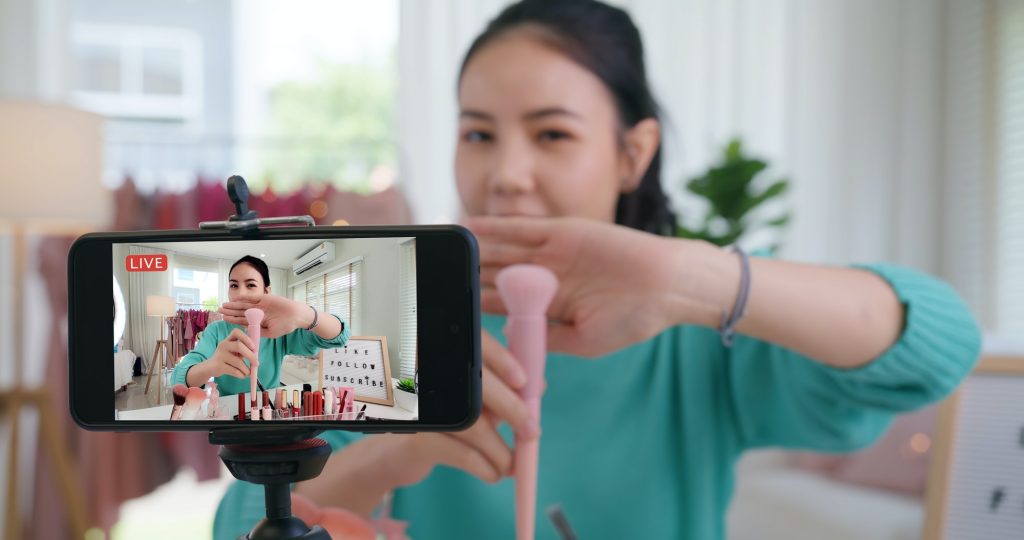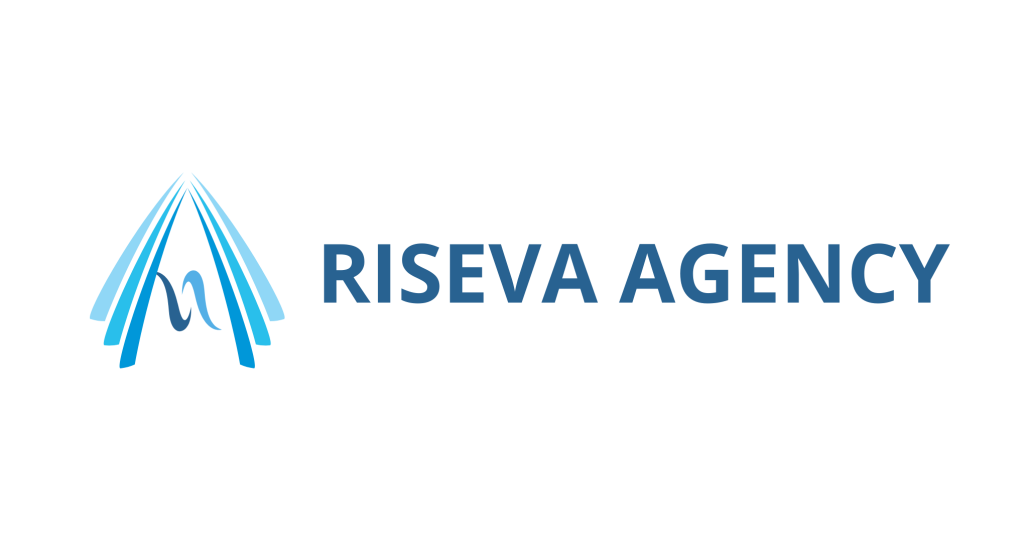KOL vs. Influencer: What’s the Difference?
In the realm of digital marketing, Key Opinion Leaders (KOLs) and Influencers are often mentioned in the same breath, leading to some confusion between the two. While both play crucial roles in shaping consumer opinions and driving brand awareness, they are distinct in several important ways. Understanding these differences is key to leveraging each effectively within your brand’s marketing strategy.
Defining KOLs and Influencers
Key Opinion Leaders (KOLs)
KOLs are individuals who possess significant expertise and authority in a specific field or industry. Their influence stems from their deep knowledge, experience, and credibility within their niche. KOLs are often professionals, academics, industry experts, or enthusiasts who have earned the respect of their peers and followers through years of dedication to their craft.
Influencers
Influencers, on the other hand, are individuals who have built a substantial following on social media platforms. Their influence is largely based on their ability to engage and entertain a broad audience. Influencers may focus on various content areas such as fashion, beauty, fitness, travel, or lifestyle, and their primary strength lies in their ability to connect with and persuade their followers.
Core Differences Between KOLs and Influencers
1. Expertise and Authority
The most significant difference between KOLs and influencers lies in their level of expertise and authority.
- KOLs: These individuals are often recognized as thought leaders within their specific industry. Their opinions are highly valued because they have a deep understanding of the subject matter. For instance, a KOL in the medical field might be a well-respected doctor who writes research papers and speaks at conferences.
- Influencers: While influencers may have a strong personal brand, their authority does not necessarily come from specialized knowledge or expertise. Instead, it comes from their ability to create relatable content and maintain high engagement with their followers. An influencer might be a fashion blogger with a keen eye for trends but doesn’t necessarily have formal training in fashion design.
2. Audience and Reach
Another key distinction between KOLs and influencers is the type of audience they attract.
- KOLs: KOLs generally attract a more niche, targeted audience interested in their specific area of expertise. Their followers are often looking for in-depth knowledge, professional advice, or insider insights. This makes KOLs highly effective in reaching a specialized demographic.
- Influencers: Influencers usually have a broader audience base, ranging from niche communities to general public followers. Their content often appeals to a wide range of people, which can result in a more diverse but less focused audience. This makes influencers well-suited for campaigns aiming for widespread brand awareness.
3. Content and Communication Style
The way KOLs and influencers create and share content also differs significantly.
- KOLs: KOLs typically produce content that is educational, informative, and sometimes technical. Their content might include detailed blog posts, research papers, industry analyses, or expert interviews. The communication style is often more formal and professional, reflecting their authority and expertise.
- Influencers: Influencers create content that is engaging, entertaining, and often visually appealing. This can include photos, videos, stories, and posts that are designed to be easily digestible and shareable. Influencers use a more casual and relatable tone, making their content accessible to a wide audience.
4. Purpose of Endorsements
The motivation behind endorsements from KOLs and influencers can vary, influencing how their content is perceived by their audience.
- KOLs: When a KOL endorses a product or service, it is typically seen as a professional endorsement. Their recommendations carry weight because they are perceived as unbiased experts who value quality and integrity. This makes KOL endorsements particularly powerful in industries where credibility is crucial, such as healthcare, finance, or technology.
- Influencers: Influencers often endorse products or services as part of their brand collaborations. While their followers trust their opinions, the commercial nature of these endorsements is usually more apparent. As a result, influencer endorsements are most effective when the product aligns closely with the influencer’s personal brand and the interests of their followers.
5. Long-Term Impact vs. Short-Term Gains
The impact of KOL and influencer partnerships on a brand can also differ in terms of longevity.
- KOLs: Collaborations with KOLs tend to have a long-term impact. Because of their deep-rooted credibility, KOLs can help build sustained trust and loyalty among a targeted audience. This is particularly valuable for brands looking to establish themselves as leaders in a specific industry or market.
- Influencers: Influencer campaigns are often designed for short-term gains, such as boosting brand awareness or driving immediate sales. Influencers excel at creating buzz and generating quick results, but the impact may diminish once the campaign ends, especially if the influencer’s content focus shifts frequently.
Choosing Between KOLs and Influencers for Your Brand
Selecting between a KOL and an influencer depends on your brand’s objectives, target audience, and industry.
- For Niche Markets and Specialized Products: If your brand operates in a specialized field where expertise is paramount—such as technology, healthcare, or finance—partnering with a KOL can provide the credibility and targeted influence needed to connect with your audience effectively.
- For Mass Appeal and Broad Audience Engagement: If your goal is to reach a broad, diverse audience and create widespread brand awareness, an influencer might be the better choice. Influencers can amplify your message across various social media platforms, making them ideal for consumer goods, fashion, or lifestyle brands.
- For Long-Term Brand Building: If you’re looking to establish your brand as an authority in your industry, a KOL partnership can be a strategic move. Their expert endorsements can help build trust and loyalty over time.
- For Short-Term Campaigns: When your focus is on driving quick engagement, sales, or buzz, influencers can deliver immediate results through their high engagement rates and broad reach.
Conclusion: Leveraging Both for Maximum Impact
Ultimately, both KOLs and influencers play valuable roles in today’s marketing landscape. By understanding the differences between the two, you can strategically leverage their unique strengths to achieve your brand’s goals. In many cases, a combination of both KOLs and influencers can offer the best of both worlds—credibility and expertise from KOLs, combined with the broad reach and engagement of influencers. This dual approach allows you to connect with your audience on multiple levels, driving both immediate results and long-term brand growth.



